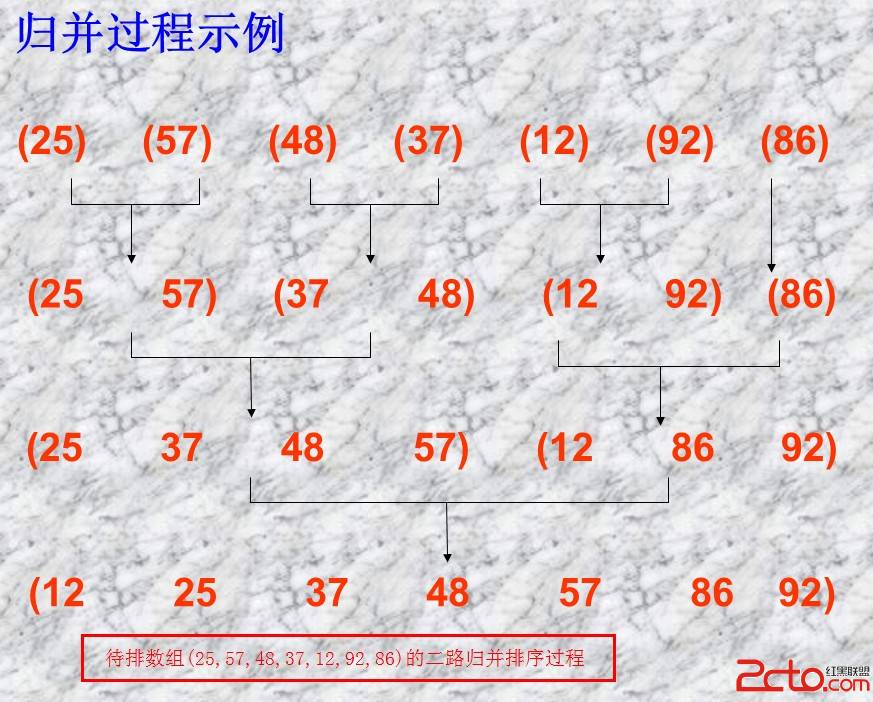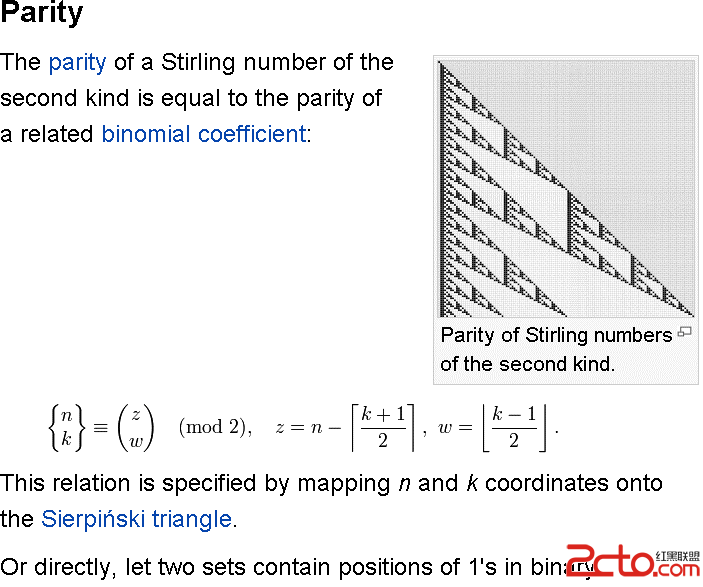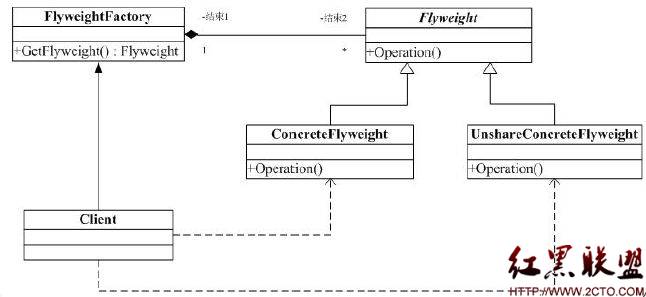UVa 101 - The Blocks Problem
题目:给你n个方块,有四种操作: 1.move a onto b,把a和b上面的方块都放回原来位置,然后把a放到b上面;
2.move a over b,把a上面的放回原处,然后把a放在b所在的方块堆的上面;
3.pile a onto b,把b上面的放回原来位置,然后把a所在的堆整体放到b上面;
4.pile a over b,吧a所在堆整体放到b所在堆的上面。
分析:模拟,数据结构。观察操作,如果是move就是先把a上面的还原,如果是onto就是先把b上面的还原。
然后,就是移动一堆到另一堆的上面(单个也认为是一堆)。所以设置两个基础操作:
1.将a上面的还原init_place(a);
2.将a和上面的(可以没有上面的)放到b上面pile_a_to_b(a,b)。
那么上述的四组操作就变成下面了:
1.move a onto b,init_place(a);init_place(b);pile_a_to_b(a,b);
2.move a over b,init_place(a);pile_a_to_b(a,b);
3.pile a onto b,init_place(b);pile_a_to_b(a,b);
4.pile a over b,pile_a_to_b(a,b)。
利用两个操作轻松解决。具体实现时设置一个place数组记录每个编号的方块对应的堆。
注意:如果a和b已经在一堆中就不要操作,此时认为不用移动,否则会WA。
#include <iostream>
#include <cstdlib>
#include <cstdio>
using namespace std;
int place[25];
int stack[25][25];
int top[25];
//将a上面的放回原位
void init_place( int a )
{
int block,id = place[a];
while ( stack[id][top[id]] != a ) {
block = stack[id][top[id] --];
place[block] = block;
stack[block][++ top[block]] = block;
}
}
//将a和上面的全都移动到b上
int temp[25];
void pile_a_to_b( int a, int b )
{
int topt = -1,id = place[a],ID = place[b];
//先将a上面的逆序存入temp
while ( stack[id][top[id]] != a )
temp[++ topt] = stack[id][top[id] --];
//再存入a
place[a] = ID;
stack[ID][++ top[ID]] = a;
top[id] --;
//最后将temp里面的逆序存入b
while ( topt >= 0 ) {
place[temp[topt]] = ID;
stack[ID][++ top[ID]] = temp[topt --];
}
}
int main()
{
int n,a,b;
char oper[5],type[5];
while ( ~scanf("%d",&n) ) {
for ( int i = 0 ; i < n ; ++ i ) {
stack[i][0] = i;
place[i] = i;
top[i] = 0;
}
while ( scanf("%s",oper) && oper[0] != 'q' ) {
scanf("%d%s%d",&a,type,&b);
//如果ab在同一堆,不处理
if ( place[a] == place[b] )
continue;
//如果是move先把a上面的还原
if ( oper[0] == 'm' )
init_place( a );
//如果是onto先把b上面的还原
if ( type[1] == 'n' )
init_place( b );
//把A堆放在B堆上
pile_a_to_b( a, b );
}
for ( int i = 0 ; i < n ; ++ i ) {
printf("%d:",i);
int now = 0;
while ( now <= top[i] )
printf(" %d",stack[i][now ++]);
printf("\n");
}
}
return 0;
}
补充:软件开发 , C++ ,




